March 22, 2021
The era of work personalisation is upon us
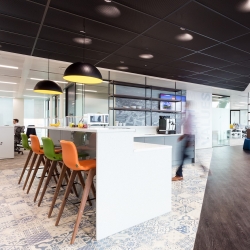 You may have heard it said that any idea repeated often enough develops some form of legitimacy. We’ve had plenty of reason to reflect on whether this notion is true or nor over the past year, especially as all-encompassing pronouncements about the future of work have proliferated and intensified. The problem is exacerbated by the fact that around 80 percent of people only read headlines. This can be a particular issue when you see a headline like The Death of the Office Desk is Upon Us above an article that suggests the death of the personal desk is upon us, when the reality is rather more about the personalisation of work. (more…)
You may have heard it said that any idea repeated often enough develops some form of legitimacy. We’ve had plenty of reason to reflect on whether this notion is true or nor over the past year, especially as all-encompassing pronouncements about the future of work have proliferated and intensified. The problem is exacerbated by the fact that around 80 percent of people only read headlines. This can be a particular issue when you see a headline like The Death of the Office Desk is Upon Us above an article that suggests the death of the personal desk is upon us, when the reality is rather more about the personalisation of work. (more…)





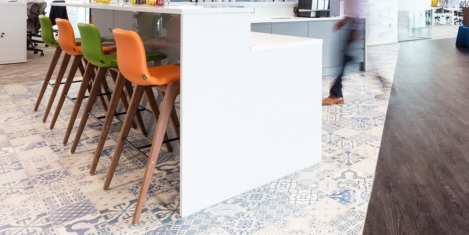
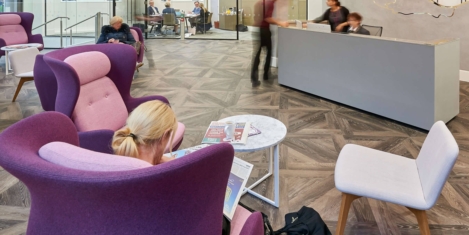
 Most of the analysis about the effects of the 2020 pandemic on people’s working lives has tended to involve grand statements about new normals and the death of this or that, as if everybody wants the same things, has the same personal circumstances, works in the same ways, the same places and same sectors.
Most of the analysis about the effects of the 2020 pandemic on people’s working lives has tended to involve grand statements about new normals and the death of this or that, as if everybody wants the same things, has the same personal circumstances, works in the same ways, the same places and same sectors. 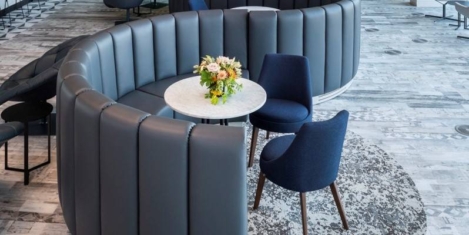






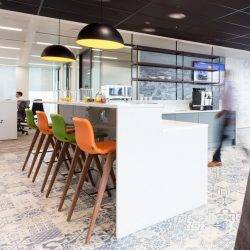




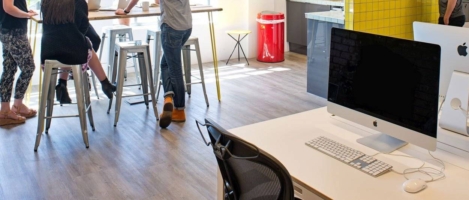
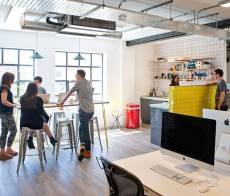








March 31, 2021
From the archive: A new approach to office design is redefining property 0
by Gary Chandler • Comment, Facilities management, Property, Workplace design
(more…)